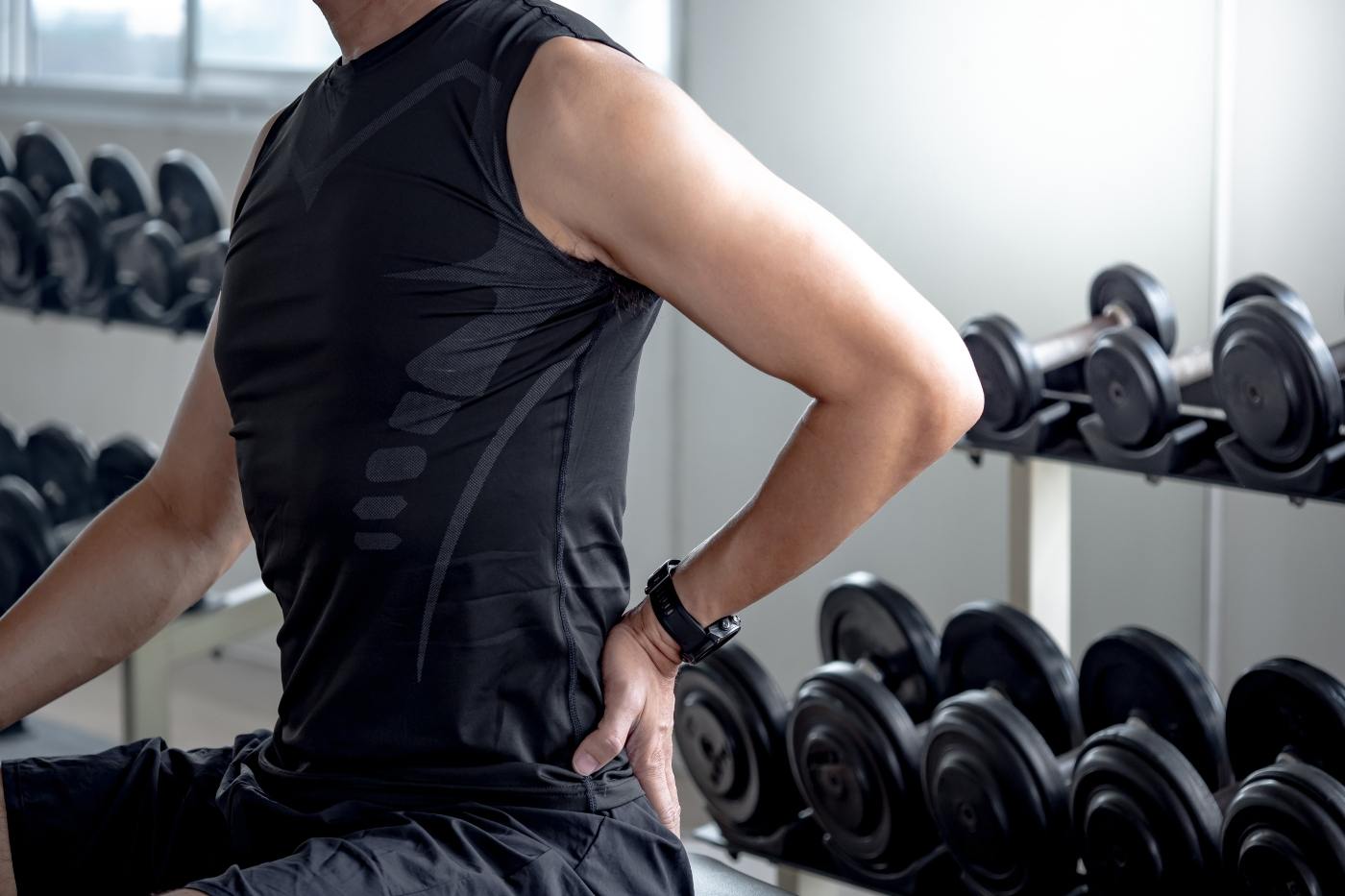Gardening brings joy, fresh air and movement. It’s good for the mind and body. But it can also lead to strain, especially on the back and knees. As the season warms and outdoor work begins, it’s easy to overdo it.
Even light gardening tasks if done wrong, can cause pain. Kneeling, bending, lifting, and twisting put pressure on joints and muscles. Over time, this can lead to injury. The good news? You don’t have to give up your garden. A few simple steps can protect your body while enjoying the outdoors.
Start with a Gentle Warm-Up
Jumping straight from the couch into gardening might feel productive, but it can be risky for your body. Before you start digging or lifting, give yourself a few minutes to warm up. Stretch your hamstrings, hips, shoulders, and spine, then take a short walk around your garden while gently swinging your arms. These simple movements increase circulation and prepare your muscles for the work ahead. Cold muscles are stiff and more prone to injury, while warm muscles move more easily and are less likely to strain. A short warm-up can go a long way in preventing discomfort later.
Use Good Form While You Work
The way you move while gardening plays a big role in preventing pain, especially in your back. When lifting, always bend your knees and use the strength in your legs rather than your back. Keep your spine straight, hold items close to your body, and avoid twisting by turning your entire body instead. For low-to-the-ground tasks, try kneeling on a padded surface or using a garden stool rather than bending at the waist. Shifting positions regularly can reduce stress on your joints and help you stay more comfortable throughout your time outside.
Protect Your Knees
Gardening often means a lot of kneeling or squatting, which can take a toll on your knees over time. To reduce direct pressure, use knee pads or fold up a garden mat for extra cushioning. If kneeling feels uncomfortable, try using a low stool to shift your weight and reduce the need to squat. It’s also important to change positions frequently. If one leg stays bent too long, it can tighten up and lead to strain. Taking short walking breaks can help reset your posture and give your knees a much-needed rest.
Use Tools That Work With You
Using the right tools can make gardening more efficient and much easier on your body. Long-handled tools can help minimize bending, and lightweight options reduce strain on your hands and wrists. Look for tools with padded grips, which are more comfortable and easier on the joints. A wheelbarrow is helpful for moving heavy loads safely, and it’s always better to make multiple trips than to risk injuring yourself. If you have arthritis or limited mobility, consider investing in ergonomic tools designed to improve grip and reduce discomfort.
Pace Yourself and Take Breaks
When the weather is nice, it is tempting to get everything done in one session, but pacing yourself is key to avoiding injury. Try working in shorter bursts and taking a break every 20 to 30 minutes. During those breaks, stretch, drink some water, and check in with your body. Ignoring discomfort can quickly turn a minor ache into a more serious issue. Don’t be afraid to break up bigger projects across a few days. Gardening should refresh your spirit, not harm your body. By warming up, using proper techniques, and pacing yourself, you can protect your back and knees all season long. With a little care and the right tools, you’ll keep growing strong alongside your garden. If you’re experiencing orthopedic pain during daily tasts, it may be time to consult with a doctor – consider making an appointment at iOrthoMD.





